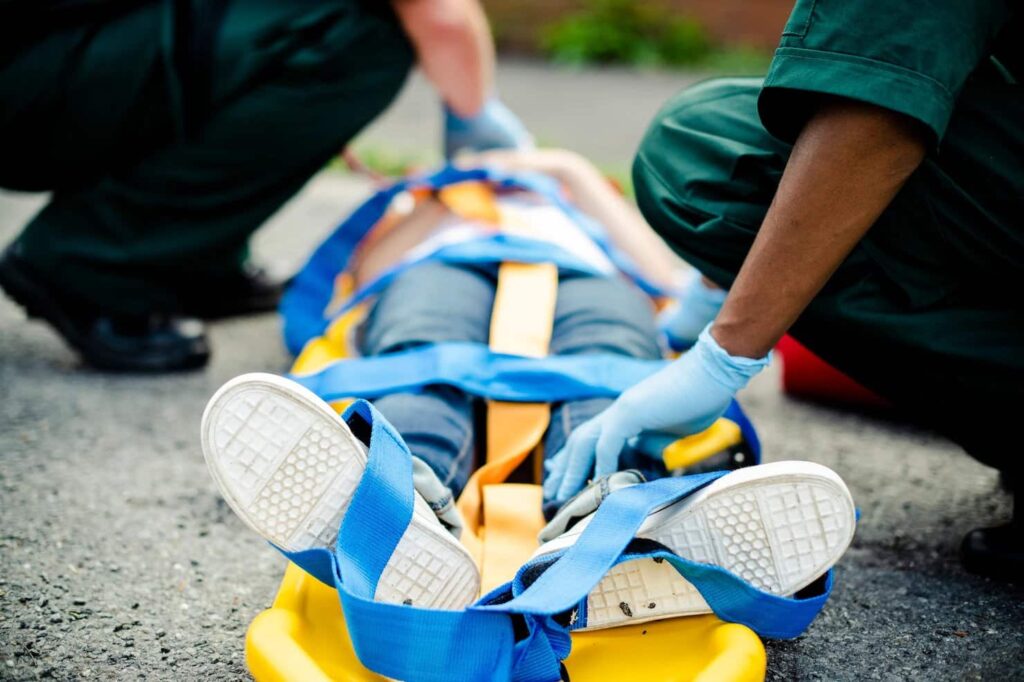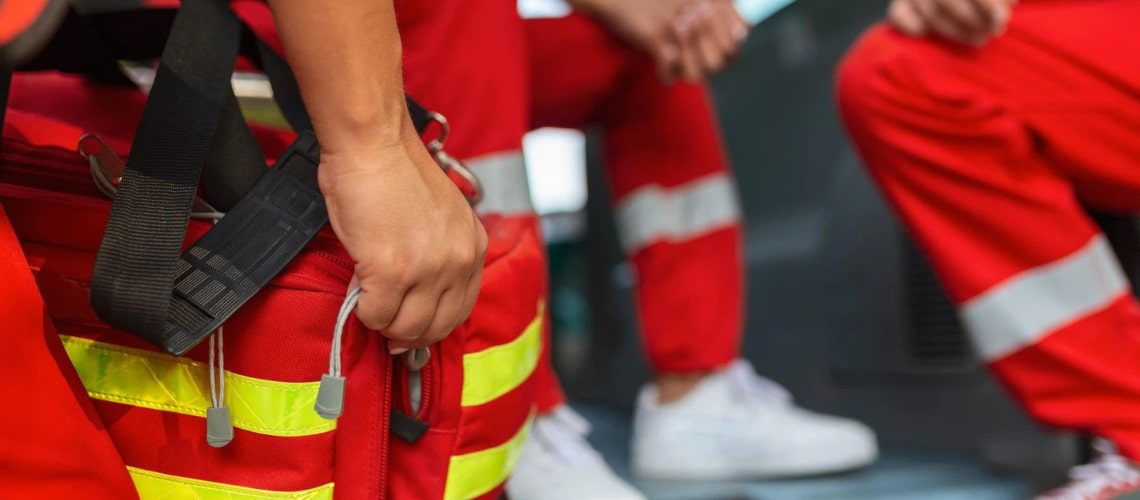Performing first aid in a crisis situation requires the emergency responders to be well prepared, calm under pressure, and knowledgeable about what it is they need to do during a life threatening emergency. You may be asking, what other responsibilities do first aid responders have? Well, let us tell you!
Always Be Prepared!
Being prepared is one of the most important parts of being a first aider and the best way to prepare is by attending a first aid course. Find a first aid course where the instructor is a trained professional. They’ll guide you through all of the necessary skills needed to help someone in an emergency situation. Once you are qualified in first aid it’s important you are familiar with your first aid kit. You should keep one at home, in your car, by the pool, or wherever you spend any time.
Familiarize with the Local Emergency Services
Knowing who to call and when is just as important as providing actual first aid. In fact, calling for emergency assistance is one of the first things a first aider should do after securing the scene for safety; but, who should you call? By familiarizing yourself with the local emergency services phone numbers, you will get it right the first time. During a life threatening emergency, time is of the essence. In some areas, there is one emergency contact that will dispatch the correct services after they learn more about the situation. In other areas, you need to call first responders directly. It’s important you know who to call, even when you’re traveling. It’s also important to know the local makani number in addition to your physical address. This will allow medical responders to find your exact location and closet access door. During a life threatening emergency, every second counts.

Know the Core Responsibilities of First Aid
Knowing the core responsibilities of first aid can save someone’s life. You will learn these during your first aid course. But here are some of the main responsibilities of the initial responder to an emergency that may require first aid:
- Secure the scene: Take into account the location of the emergency. Do you need to be wary of downed power lines, rising tides, and oncoming traffic? Always assess for safety first, then start your emergency response protocol.
- Call for help: Calling for help, or asking on-lookers to call for help is vital before providing first aid.
- Check for the ABC’s of first aid: Is the casualty’s airways open and clear? Are they breathing normally? Start CPR and use a defibrillator if they’re not.
- Provide basic first aid assistance: Stop any bleeding, and bandage a wound if necessary.
Lastly, after you have followed all of these steps help will most likely have arrived. A good first aider will pass on relevant information about the incident and the casualty to the emergency services. This information could include what happened, the individual’s name, any allergies, and what treatment was given by the first aider.
Blueguard First Aid Courses
Blueguard’s First Aid Courses are designed to teach individuals of all ages and abilities the primary responsibilities of a first aider. Crafted with the student in mind, our first aid courses are professional and realistic. They will prepare candidates to deal with any emergency situation effectively and with confidence.
At Blueguard we offer first aid training courses tailored to meet your needs: these include Wilderness First Aid, Level 2 International Award in Emergency First Aid, Emergency Pediatric First Aid Course, and Advanced First Aid At Work.
Contact a member of the Blueguard team today!






